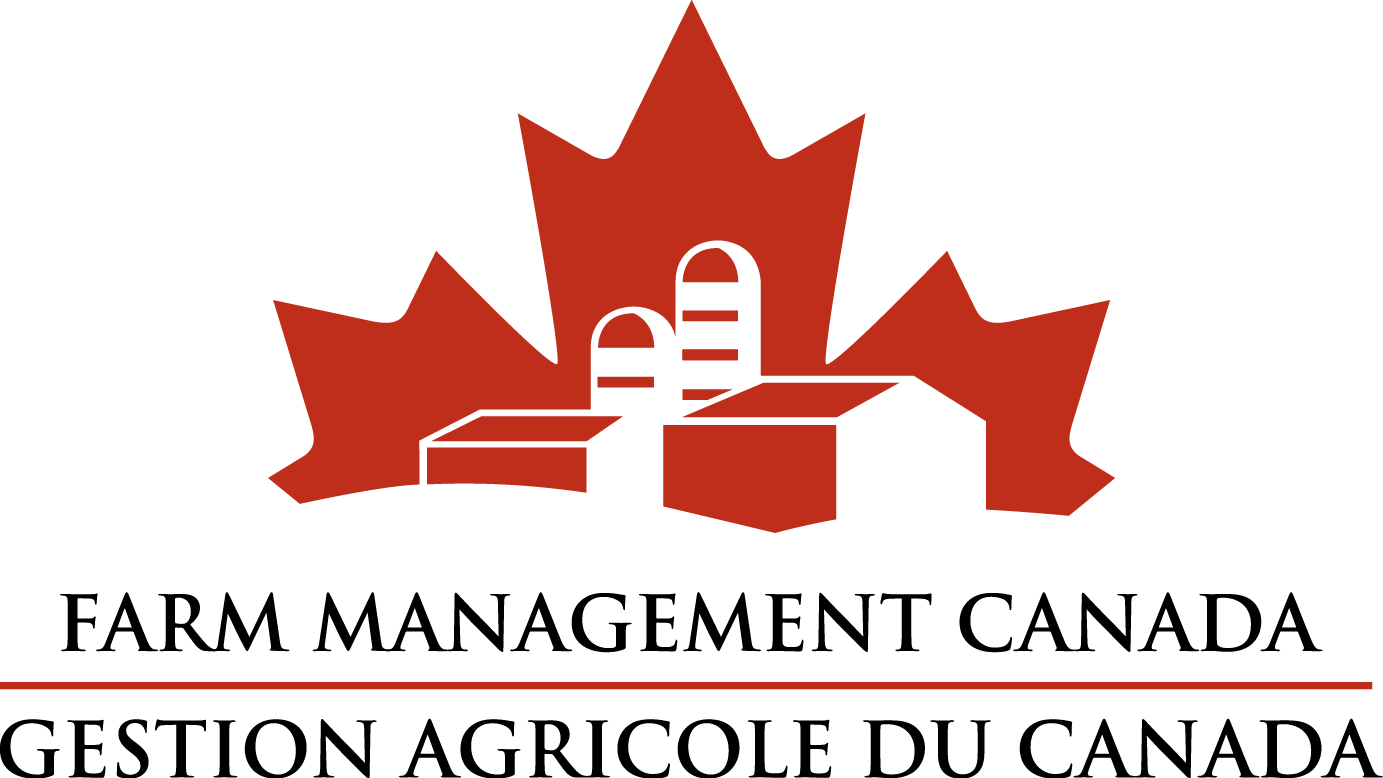
Credit: Anne Verhallen, OMAFRA
Many growers include cover crops in their farm management. A new on-line tool is available to Ontario growers and agri-business to help in the selection of cover crops. The Crop Cover Decision Tool was first developed by the Midwest Cover Crop Council (MCCC), with a specific version adapted to Ontario conditions now available. The project was initiated with some grant funding at Michigan State University (MSU), with further funds contributed by all members.
“Although the MCCC is mostly US based, Ontario has been an active member since the beginning because of collaborative research and extension projects on cover crops,” explains Anne Verhallen, Soil Management Specialist, Horticulture Crops with Ontario Ministry of Agriculture, Food and Rural Affairs (OMAFRA) at the Ridgetown Campus. “The group identified that growers and agribusiness would benefit from a decision tool that would take them through a basic list of questions needed to get started with cover crops.”
The development of the specific Ontario version was facilitated by Dean Baas of MSU in conjunction with a team of university researchers, OMAFRA specialists, crop advisors, seed suppliers and growers. The team also worked with Weather INnovations Incorporated (WIN) from Chatham to provide weather data for Ontario so there is actual weather data for each county included in the background of the decision tool. A focus group tested the tool and provided feedback that was incorporated into the final version.
“A number of decision tools ask for input and then provide an answer with little explanation of how the answer was derived,” explains Verhallen. “With this selector tool, you are provided with an initial list of cover crops. As you add information, you are provided with a decreasing list of crops so that when you are finished, the list is narrowed down to the selections that fit your goals. This helps confirm what crops are suitable for your needs and feeds that decision process.” Growers can print out a production sheet for their selected crops that provides information on seeding rates, cautions, advantages, termination options and other considerations. The tool is available at:
http://www.mccc.msu.edu

Credit: Kaitlin Johnston, OMAFRA
Cover Crops and Management Considerations
Cover crops can be used by any grower although individual farm goals, crops and planting windows will influence the selection. For growers, the first step in the selection of a cover crop that will provide the most benefit is to determine your goals, why you want to plant the crop or what you want it to do for you.
“There are a variety of reasons to include cover crops, such as to provide more cover on the soil surface after crops that leave little residue to protect the soil from wind and water erosion,” explains Adam Hayes, Soil Management Specialist, Field Crops with OMAFRA. “In a situation like this year in dry areas with smaller hay crops, some growers may be looking for a crop to provide some additional grazing or extra feed. Other benefits include improvement of soil structure, soil quality, organic matter levels, nitrogen capture and water infiltration. Cover crops can also extend the length of time there is a living root system in the soil, which is beneficial to soil life.”

Credit: Anne Verhallen, OMAFRA
The second step is to consider what the following crop will be and whether there are any weed, disease or other impacts. “You need to consider any impact on the next crop and decide how the cover crop will be handled, whether the crop selected will die off over the winter or if it needs to be terminated and how,” adds Hayes. “It is important to think about the cover crop in relation to the whole system to get the most benefit and not cause any unanticipated issues.”
The on-line tool will help growers determine the planting window available and what cover crops fit into that time frame. For some field crops such as cereals, corn silage or soybeans, there can be a good opportunity for planting a cover crop. However, for crops such as feed grain corn and others, the opportunity is very limited but research into inter seeding may provide some options.
“The decision tool is meant to be something that is continually evolving and updated, so as new varieties or new research information becomes available, crop ratings may improve and new species may be added to the list,” says Hayes. “The new on-line decision tool will help growers and crop advisors select the best option to meet their goals.”
Verhallen emphasizes that the cover crop decision tool is meant to be a planning tool. “Cover crops can enhance your management but they take management, which means advanced planning to reduce any risk that cover crops are going to bring the process as much as possible.”
“There is a lot of interest in cover crops right now,” says Anne Verhallen. “This new on-line Cover Crop Decision Tool will help growers select the best ones for their farm and assess the suitability of new cover crops to their operation.”
Contact:
Anne Verhallen
Ph: 519-674-1614
Adam Hayes
Ph: 519-674-11621
Photo credits:
Top and bottom photos: Anne Verhallen, OMAFRA
Photo #2: Kaitlin Johnston, OMAFRA



